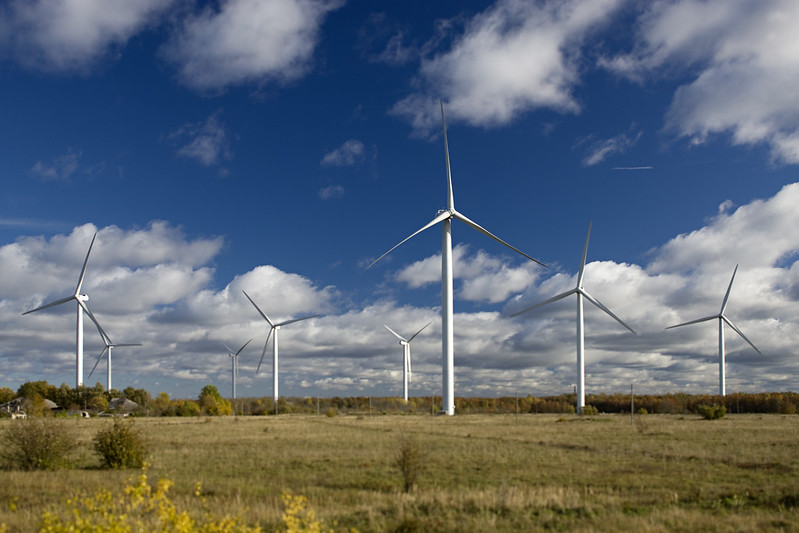
by Victoria Shevchuk
With summer over, everyone’s attention will increasingly turn towards heating, air quality, and the energy sector in general.
And, while we noted some progress this summer on moving away from fossil fuels in the Western Balkans, much work lies ahead when it comes to transitioning these countries’ energy sectors.
One positive development is that countries in the region are moving ahead with investments in the renewable energy sector.
The Albanian government has set an ambitious goal to become the regional champion in renewable energy production by 2030. An investment program it recently developed calls for the construction of the largest solar power plant in the region in this country.
In Kosovo, the government has been taking steps forward on developing infrastructure for renewables energy projects, including solar parks. Kosovo’s government also asked the state-owned utility, the Kosovo Energy Corporation, to work on the diversification of energy sources, given that the country’s energy sector is still almost entirely dependent on coal for electricity.
In Serbia, the Ministry of Mining and Energy signed a memorandum of understanding with a U.S.-based renewable energy company to build solar panels on a 2,000 hectare stretch of land.
But this is just a drop in the ocean: to achieve the national energy transition goals and meet the objectives of the Energy Sector Development Strategy, Serbia requires massive state investments – it has been estimated that, by 2025, nearly EUR 60 million a year need to be invested so the transition goes forward at the right pace. The amount may appear high, but it fades in comparison to the USD 600 million loan Belgrade took from China Exim Bank for the construction of the Kostolac B3 new lignite unit, or with the estimated health costs of non-compliance with pollution limits from Serbia’s existing coal fleet, of over EUR 5 billion in 2020 alone.
In Montenegro, Prime Minister Zdravko Krivokapic estimated that TPPthe Pljevlja lignite power plant would probably stop working in 2030. However, the plant has been operating illegally since November 2020, when it exhausted its 20 000 working hours derogation under the Large Combustion Plants Directive, and should already be closed until full compliance with the Industrial Emissions Directive will be met.
Aware that it needs to switch away from coal at Pljevlja, the Montenegrin government is considering the construction of a gas-fired power plant near Bar in the Adriatic Sea. This approach would be misguided: gas is just another dirty fossil fuel which will have to be replaced as well just years down the road.
While the summer has brought some movement in the right direction, the kind of systemic approach necessary to transform energy systems is still mostly missing. Energy sector transformation requires the political will to push the policies; institutions ready to implement the changes; and infrastructure to support reliable, affordable, and truly sustainable energy. Likewise, for green energy to gradually replace the traditional one, it is necessary to improve the implementation of the Energy Community Treaty requirements, specifically the renewable energy acquis.
The Western Balkans has a strategic position on energy transportation routes. Hence, to boost investments in the region, energy markets in these countries should demonstrate transparency and competitiveness. The time for subsidising coal and distorting the markets is coming to an end.
Governments in the Western Balkans need to seize the opportunity provided by this moment, when the entire world is moving away from coal. They need to be bravely setting out coal phaseout dates and design policies which help create truly diversified energy systems, the only ones that can offer a guarantee of security.
